
Types of corrosion
As a specialist in the field of fasteners for stainless steel, Lederer naturally knows about the benefits of stainless screws, nuts and accessories. Their resistance to corrosion is usually the decisive argument when the material is being chosen.
Basic knowledge of corrosion protection and corrosion types is nevertheless important for the proper construction of modern and up-to-date mechanical linkages.
The basic term of corrosion according to DIN EN ISO 8044 (former DIN 50900): “Corrosion is the reaction of a metallic material to its environment, which effects measurable change in the material and can lead to impairment of the function of a metal construction part or of an entire system. In most cases this reaction is of an electro-chemical nature; but sometimes it can be also be of a chemical or metal-physical nature”.
A - Surface corrosion
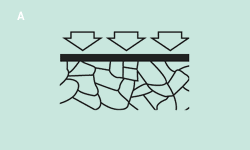
Evenly spread abrasion on the affected surfaces as a result of the surrounding medium. > general rust
B - Localized corrosion
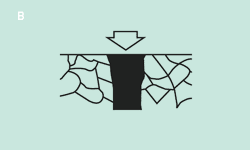
Restricted to one area, e.g. as a result of protective coatings being damaged by e.g. chlorine. > e.g. in swimming pools
C - Crevive corrosion
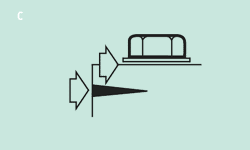
In crevices in the material or between connected building components, resulting from aggressive media and too little oxygen for the restoration of passivation. > e.g. with gas hoods, digesters
D - Contact corrosion
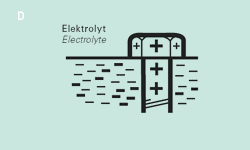
Electro-chemical process triggered by different metals coming into contact. > e.g. under screw heads
E - Intercrystalline/Transcrystalline corrosion
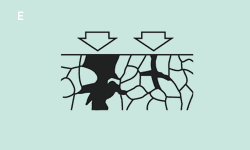
An increase in the temperature to 400 – 800°C leads to the elimination of chromium carbides at the grain boundaries of the metal structure. Washing out in acidic media then leads to the reduction of the chromium element in the alloy that is required for the passivation. > e.g. as a result of faulty welding fillers
F - Stress corrosion
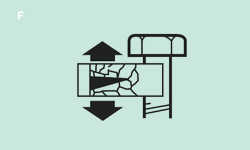
Where there are simultaneous effects from a corrosion medium and mechanical stresses in the building component. > e.g. in bridge construction

